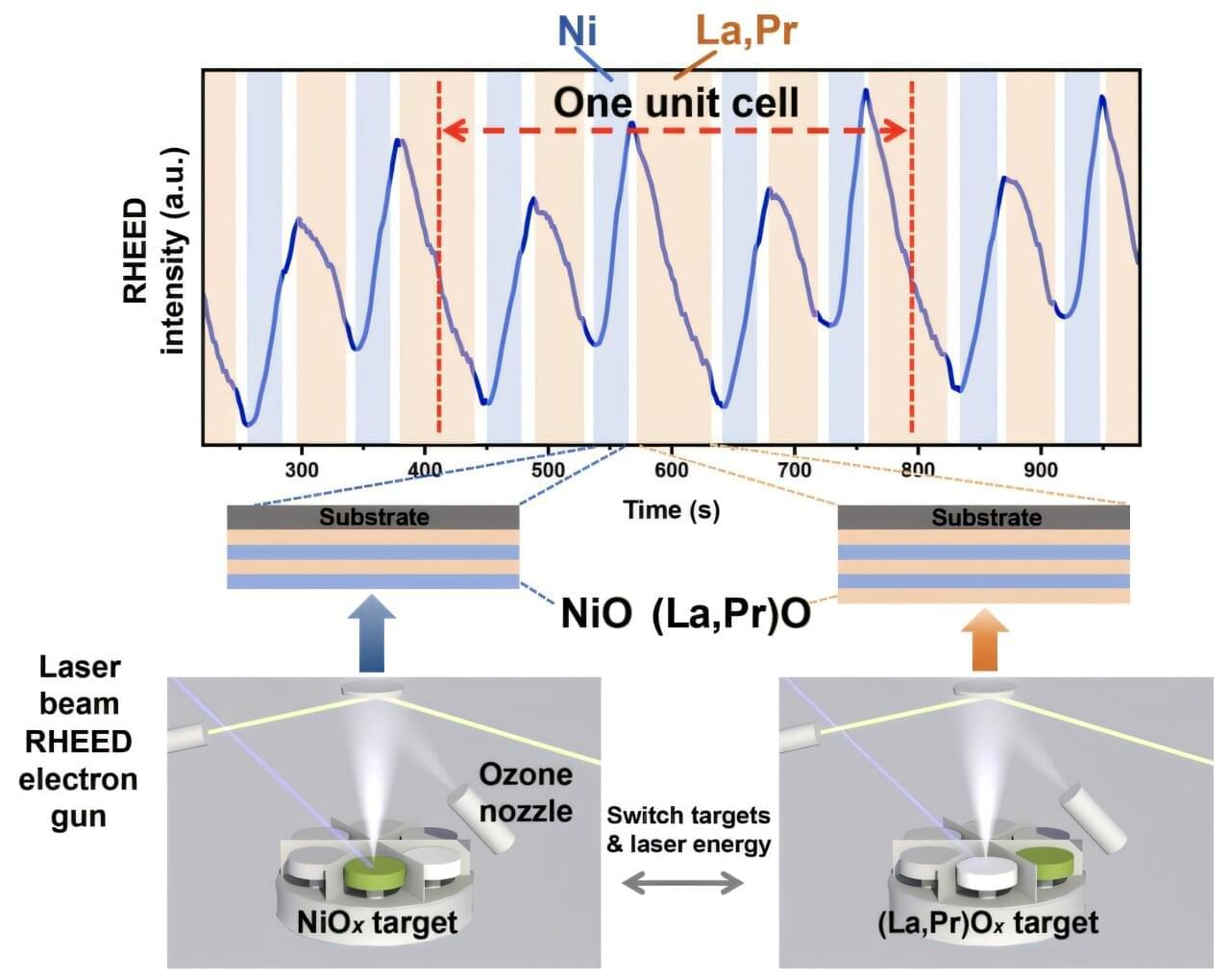A team of engineers and physicists at Southern University of Science and Technology, in China, has created a nickel-based material that behaves as a superconductor above the −233°C (40 K) threshold under ambient pressure. In their study published in Nature, the researchers synthesized thin films of bilayer nickelate (La₂.₈₅Pr₀.₁₅Ni₂O₇) and found one that behaved as a high-temperature superconductor.
The −233°C threshold (40 K), often associated with the McMillan limit, marks a boundary beyond which conventional superconductivity theories become less predictive.
Scientists have been searching for a room-temperature superconductor that could revolutionize a wide range of technologies. The ability to achieve superconductivity without the need for costly and complex cooling systems would significantly reduce energy loss due to heat conversion in electrical transmission, leading to dramatic improvements in efficiency and cost reduction. This breakthrough could lead to advancements in numerous fields, including maglev trains, fusion reactors and MRI machine components. This new effort by the team in China represents another step in reaching the ultimate goal.
